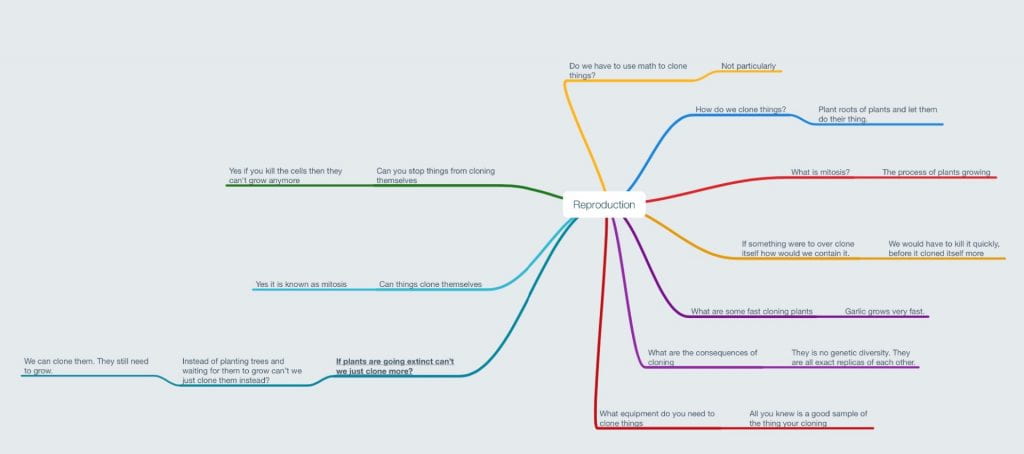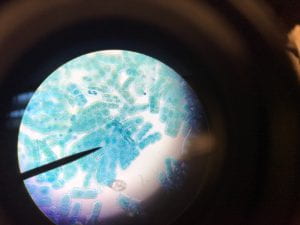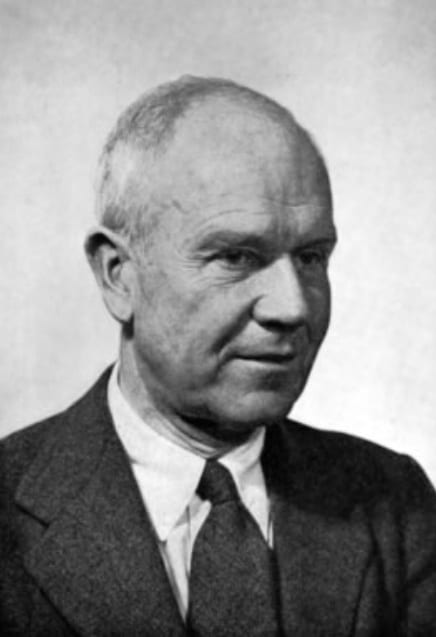Hello everyone and welcome back to another post. Today our focus is on science and the army we created. Now we didn’t create an actual army, we made a clone army! Except the clones weren’t human because that’s illegal and we would of been arrested. We cloned plants!
This project was a little different then most. Our goal was to create clones from another plant, then turn them into slides and try and find mitosis.
For those of you that don’t know mitosis is the process of cells splitting apart. It is how plants and bacteria grow. They duplicate themselves.
Here is a diagram on the stages of mitosis
As for all scimatics posts here’s my mind map
We did three main things in this unit. The first was making clone set one. To do this we went outside and dug up dandelion roots. We then planted them in cups and let them grow. While they were growing we planted our second clones.
The second clones could be any plant we wanted. The only restriction was that it had to grow within 1-2 weeks. Caleb my partner and I decided to clone garlic. The third major thing we did was lean how to make slides.
The slides are the things you put under the microscope to look at. It’s actually a pretty long process to make slides.
Our goal was to find mitosis in the slides of our clones. Unfortunately Caleb and I were unable to find mitosis in our dandelion clones. Our garlic on the other hand was a whole different story.
It had been about 2 weeks since we planted the garlic and they had grown a lot. The shortest was about 10 Cm tall and the largest, over 13!
 We thought it was going to be easy to find mitosis. Boy were we ever wrong. We made over 5 slides trying to find mitosis in the garlic. After about a week of trying to find mitosis I was getting fed up. On the 6th and final try we finally found mitosis and boy was it a lot.
We thought it was going to be easy to find mitosis. Boy were we ever wrong. We made over 5 slides trying to find mitosis in the garlic. After about a week of trying to find mitosis I was getting fed up. On the 6th and final try we finally found mitosis and boy was it a lot.
As you can see we found all the stages of mitosis almost instantly and it felt so good to finally find something.
That’s a look into what we do in scimatics hope you enjoyed.
-Emerson
This is for Mr. Gross our teacher, we have to put in 4 curricular competencies.
1. Collaboratively and individually plan, select, and use appropriate investigation methods, including field work and lab experiments, to collect reliable data. This was shown because if we didn’t do this our clones most likely wouldn’t have sprouted.
2. Formulate physical or mental theoretical models to describe a phenomenon. We showed this by creating a clear chart on the different stages of mitosis.
3. Select and use appropriate equipment, including digital technologies, to systematically and accurately collect and record data. This was shown because we were successfully able to create microscope slides by ourselves.
4. Contribute to care for self, others, community, and world through individual or collaborative approaches. We showed this because Caleb and I worked really well together and collaborated well.

















